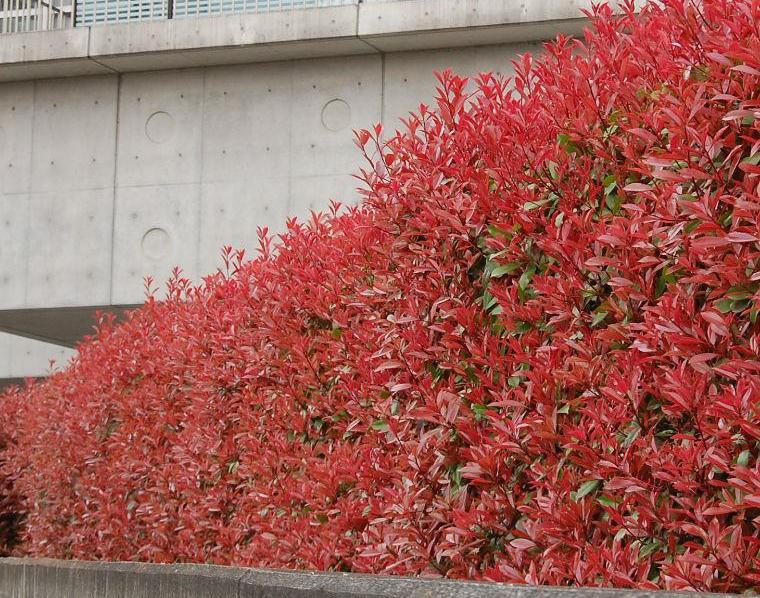Table of Contents
The Red Robin plant, scientifically known as Photinia × fraseri ‘Red Robin,’ is a stunning evergreen shrub beloved by garden and plant enthusiasts for its vibrant red foliage and versatility in landscaping. In this article, we embark on a journey to explore the world of Red Robin and its perfect plant companions. The article explains its distinctive features, characteristics, and more.
We have also provided insights on how and when to prune Red Robin to make your garden look perfect! Choosing the right companions for your Red Robin is crucial for creating a harmonious and visually appealing garden. Read till the end to know the importance of companion planting and find the right pairings that can transform your space.
So, let us start the matchmaking for your favorite Red Robin plant!
Plant Profile of The Red Robin
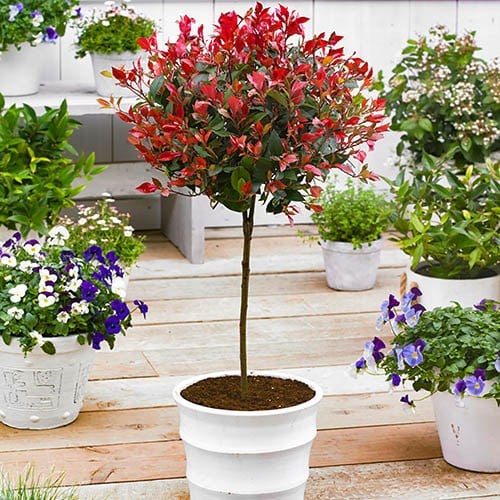
The Red Robin plant is a striking evergreen shrub that is known for its vibrant and glossy red leaves. It typically reaches a height of 10 to 15 feet, making it an excellent choice for hedges, screens, or standalone specimens in gardens. They thrive in well-drained soil and prefer sun to partial shade.
They are known for their adaptability and can grow in various soil types. However, they perform best in soil that is slightly acidic to neutral. They need adequate watering during dry spells and regular pruning for maintenance and overall health.
Red Robins are commonly used as ornamental hedges due to their dense foliage and vibrant red color. Their unique and dense color adds a dramatic and eye-catching element to your garden. Additionally, they can be trained into topiary shapes or allowed to grow naturally as attractive standalone specimens. Their versatility makes them a popular choice for creating privacy screens, borders, or focal points in gardens or landscapes.
The Art of Plant Pairing
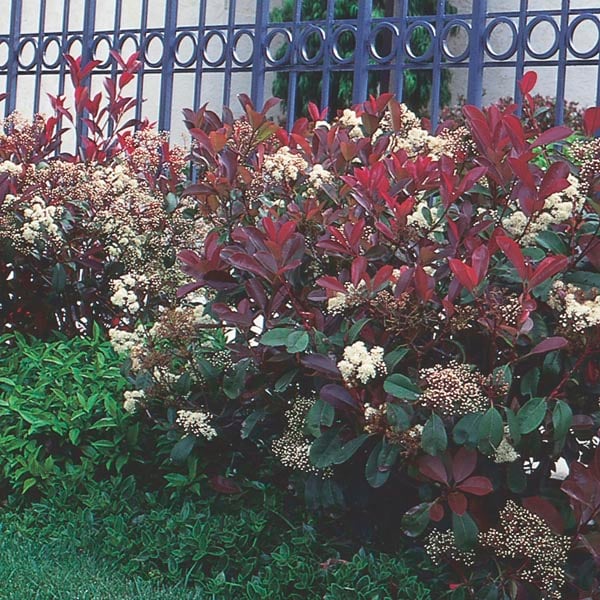
Plant pairing, also known as companion planting, is a gardening technique where different plant species are strategically grown together to benefit each other in various ways. Companion planting offers many benefits, from natural pest control to improved pollination. However, you must select your plant’s companion carefully and research.
You should analyze factors like compatibility, growth habits, and nutrient needs while selecting a companion for your plant. You should also examine the colors, textures, and forms of both plants and check whether or not they complement each other to create a visually appealing landscape.
Suitable Companions for Red Robin
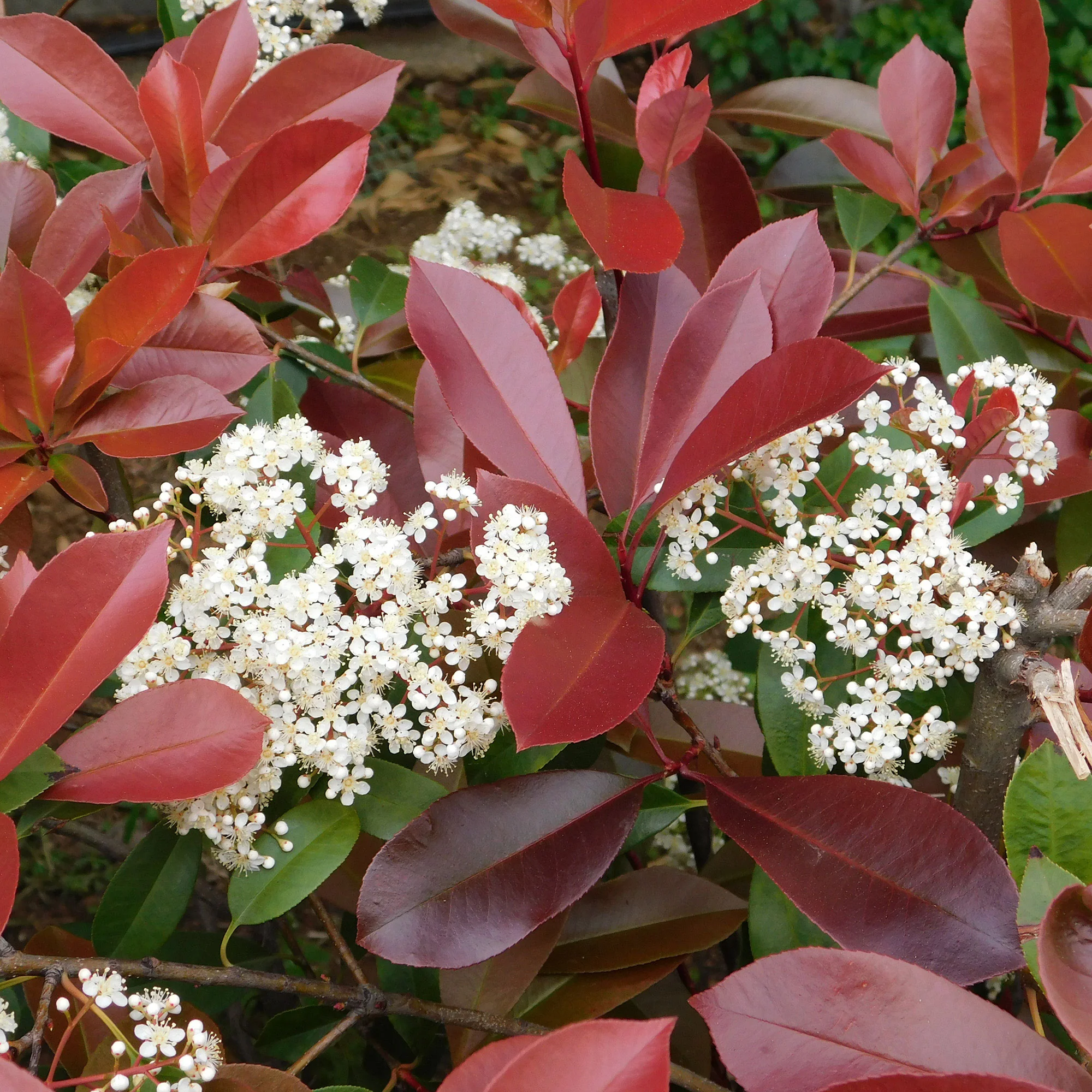
When it comes to enhancing the beauty and vitality of your Red Robin plant, choosing the right companion is essential. Here are some suitable plant partners for Red Robin that will complement and elevate your garden.
1. Flowering Plants for Extra Color
There is no such thing as too colorful! Therefore, introducing vibrant flowering plants like Roses, Azaleas, or Lavender near your Red Robin can create a stunning color contrast. These blossoms not only add visual appeal but also attract pollinators, promoting a healthier garden ecosystem.
2. Shrubs for Contrast or Texture
Consider planting evergreen shrubs like Boxwood or Dwarf Nandina for a textural contrast. Their foliage can provide a striking backdrop to the Red Robin’s fiery red leaves. It will add some depth and dimension to your landscape.
3. Ground Covers and Edging Options
Low-growing ground covers such as creeping Thyme, or moss can elegantly carpet the base of your Red Robin. It will result in soft edges and minimize weed growth. Edging options like Dwarf mondo can also create neat borders for the Red Robin plant.
4. Trees
Pairing your Red Robin with trees like Japanese Maple or flowering dogwood can provide shade and height variations, creating a visually captivating and dynamic garden.
5. Herbs and Vegetables
Integrate herbs like Rosemary or Basil or vegetables like Tomatoes and peppers with Red Robins to create functional pairings that not only look appealing but also serve a culinary purpose. It will turn your garden into a practical and beautiful space.
Design Ideas and Tips for Red Robin
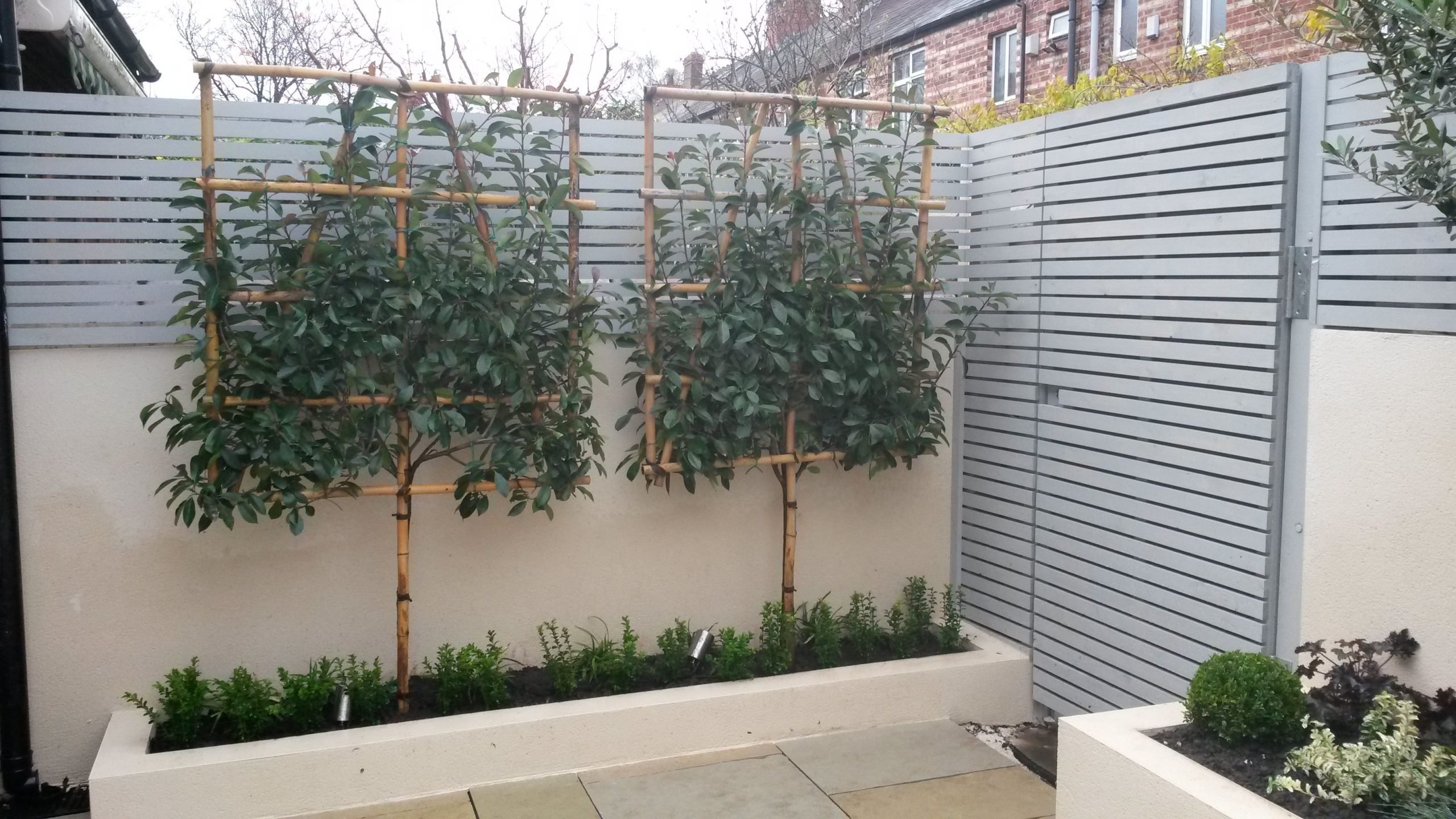
Crafting a stunning garden with your Red Robin in the spotlight requires a thoughtful design. Explore these expert-recommended tips to create focal points and ensure a wonderful and scenic garden!
1. Strategic Plantation
Create focal plants by planting Red Robin strategically as a captivating centerpiece of your garden. Plant it so that the viewer’s attention goes to its fiery foliage and vibrant presence.
2. Balanced Height and Forms
Achieve balance and visual harmony by considering the heights and forms of your plant selections. Taller companions like ornamental grasses can provide vertical interest. You can also mix round-shaped plants with spikes or cascading forms with Red Robins to create a layered effect.
3. Evergreen Garden
Complement Red Robin’s year-round vibrancy by adding colorful, evergreen, and deciduous plants to your garden area.
Conclusion
In our matchmaking journey for Red Robins, we have discussed many benefits that strategic pairings can bring. From enhanced aesthetics and pollinator attraction to improved growth and functionality, there are numerous advantages of opting for companion planting for Red Robins. In your search for perfect plant partners, we encourage you to experiment and let your creativity flourish.
There is no one-size-fits-all approach to plant pairing, as each garden is a unique canvas for your scenic vision. There are endless possibilities, and with the right companions, you can create landscapes that excel in both beauty and functionality.
So, embark on your horticultural journey today and create a garden that exhibits plant artistry and nature’s magic!

